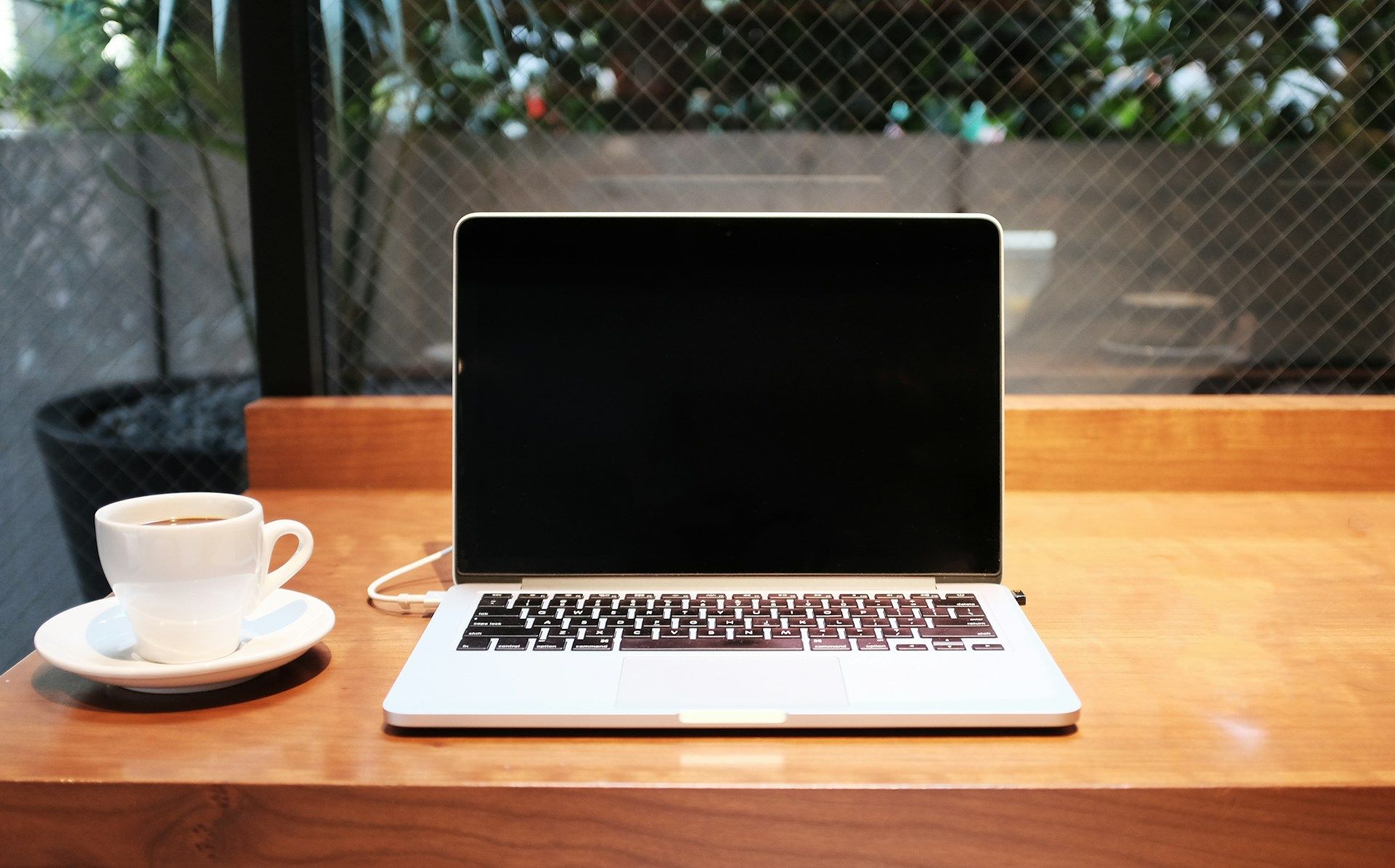business resources
Safe Screen Time: How to Ensure Healthy Computer Use at Work
10 Feb 2024, 3:35 am GMT
Working with computers has become a regular part of our lives, especially in the workplace. However, spending too much time in front of screens can have negative effects on our health. This is why it is important to practice safe screen time to ensure healthy computer use at work. In this guide, we will discuss the potential risks of excessive screen time and provide tips on how to maintain a balance between work and screen use. By following these guidelines, you can protect your physical and mental well-being while still being productive at work.
The Impact of Excessive Screen Time on Our Health
Excessive screen time can have a significant impact on our health, both physically and mentally. One of the most common effects is eye strain, which can cause headaches, dry eyes, and blurred vision. Prolonged screen use can also lead to musculoskeletal issues such as neck and back pain due to poor posture while sitting at a desk. Moreover, excessive screen time can affect our mental health by causing symptoms of anxiety and depression. This is especially true for those who use screens for work, as it can lead to feelings of burnout and stress. Recognize the potential risks of excessive screen time to prioritize our overall well-being.
Practical Tips for Reducing Screen Time at Work
To reduce the negative effects of excessive screen time, it is important to implement practical tips that can help you maintain a healthy balance between work and screen use. You can do this by taking regular breaks from your computer or device. This can include short walks, stretching exercises, or simply looking away from the screen every 20 minutes. Additionally, you can learn more about blue light glasses and the different types of them or adjust your screen's brightness and contrast to reduce eye strain. It is also important to set boundaries for yourself and limit unnecessary screen use during non-working hours. This can be achieved by finding alternative, offline activities that help you relax and disconnect from technology.
Understanding the Risks of Prolonged Computer Use
Prolonged computer use is a growing concern as more and more people rely on screens for work and entertainment. In addition to the physical and mental consequences mentioned earlier, prolonged computer use can also lead to other health risks such as obesity, diabetes, and heart disease. This is because excessive screen time often means less physical activity and sedentary behavior. It is important to understand these risks and make an effort to reduce prolonged computer use by incorporating more movement and breaks into our daily routines. This can also involve creating a workspace that encourages standing or walking while working, as well as scheduling regular exercise outside of work hours.

Setting Boundaries
Setting boundaries involves understanding your limits and learning to say no to activities that may hurt your well-being. It also means setting clear boundaries with coworkers or employers about expectations for after-work communication and availability. Furthermore, it is important to establish a designated time for technology-free activities, such as spending time with loved ones, pursuing a hobby, or engaging in physical exercise. By setting boundaries and prioritizing our overall well-being, we can maintain a healthy balance between work and screen use. This will not only improve our physical and mental health but also increase productivity and satisfaction in the workplace.
Taking Care of Your Physical Health While Using Screens
In addition to implementing practical tips and setting boundaries, it is important to also take care of your physical health while using screens. This can include ensuring proper ergonomics at your desk, such as having a comfortable chair and a monitor at eye level. It is also crucial to maintain good posture while sitting and taking breaks to stretch or walk around to avoid musculoskeletal issues. Also, practicing good hygiene and keeping your screens clean can prevent the spread of germs and bacteria.
Maintaining Mental Wellness in the Age of Technology
In a society where technology is becoming increasingly prevalent, it is important to prioritize our mental wellness. This means finding ways to disconnect from screens and technology when needed, as well as seeking support and help if excessive screen use starts to affect our mental health. This can involve engaging in therapy sessions, participating in support groups specifically designed for screen addiction, or implementing mindfulness techniques as a means to alleviate stress and cultivate self-awareness. By being aware of our mental well-being and taking steps to maintain it, we can continue to use technology healthily and productively without sacrificing our mental health. It is okay to unplug and take breaks for the sake of your mental wellness.
Practice safe screen time to maintain a healthy balance between work and technology use. With these guidelines, you can navigate the digital age safely and maintain a balance between work and screen use. So, continue to practice safe screen time and prioritize your health while staying productive at work.
Share this
Arthur Brown
Writer
A dad of 3 kids and a keen writer covering a range of topics such as Internet marketing, SEO and more! When not writing, he's found behind a drum kit.
previous
Integrating ESG Strategies In Businesses: Hilton Supra Interviews Paul Sutcliffe, Director Of EVORA Global, In Citiesabc YouTube Podcast
next
The Importance of Proper Roofing for Commercial Properties